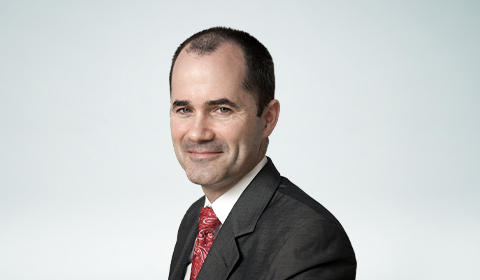Large scale consolidation has been predicted for life insurers in continental Europe since I first arrived on the scene in 1999.
While it can be tricky to measure, and the reality certainly varies by country, I believe we can safely say that this long anticipated consolidation is now well underway throughout continental Europe.
By any definition, the most numerous transactions have happened in France where the number of mutuals has dropped from more than 1200 to less than 400. The largest transaction took place in Germany, where Generali Leben sold for €1 billion.
Reasons for, and types of, consolidations
There have been acquisitions, mergers, re-organizations, “branchifications”, portfolio transfers, in-force reinsurance transactions, and other consolidation transactions all across continental Europe. In this consolidation game we can often attribute a seller’s motivation to renewed focus on core markets, optimizing capital, rationalizing “footprint”, reducing regulatory costs and other worthy goals. Solvency II is frequently cited as, or assumed to be, a partial driver within some of those motivations as well.
For example, Solvency II is itself a regulatory burden with material costs, and it also drives most companies’ thoughts about capital and risks and the optimization thereof. For the large subset of consolidation transactions where a new ultimate owner emerges for a business, we often try to group the buyers into categories, such as (among others):
Type
|
Example |
|
Local Champion |
NN buying Delta Lloyd |
Private Equity Players | JC Flowers buying Eurovita in Italy… and then re-selling to Cinven |
Reinsurer | RGA reinsuring LV= in-force in the UK |
Large Foreigner Expanding into Europe | China’s Fosun buying Fidelidade in Portugal |
Consolidators | Chesnara buying L&G Netherlands |
Attempts to sort and label consolidation activity can be insightful and interesting, but are rarely neatly black and white. Many acquisitions have multiple co-operating players behind them, each of whom might not even fit nicely in a box themselves, and this appears likely to become more common as the consolidation wave continues and especially as more larger companies come up for auction.
Transfer of Policies Consolidation
One type of consolidation transaction is, however, conspicuously rare. Each European Union (EU) country has rules, regulations and requirements related to the transfer of policies from one insurer to another. The exact labels, methods and rights vary, but the basic result is that a group of policyholders of one company become policyholders of another company, without any company stock changing hands, and with no new policies being issued. While this type of portfolio transfer has been used regularly so far when both companies are in the same country, it has only – to the best of my knowledge – been used materially once where the two companies were in two different European countries.
There are rules facilitating such transfers, but they have nonetheless remained extremely rare in practice. Due to this extreme rarity we must assume that there are material practical issues or unwritten requirements which impede such transactions. We can well imagine, for example, that a Spanish policyholder suddenly having his or her Spanish insurer switched for a Dutch insurer introduces issues: a Spanish regulator wants to be confident that the policyholders continue to be properly treated from across the borders.
We believe, however, that such issues can be satisfactorily addressed in many cases, and that such cross-border portfolio transfers should become more common in the foreseeable future. The economic drivers for consolidation are very strong, and the extra costs to satisfy regulators, policyholders and other constituents (e.g. using a local third-party administrator in Spain) should be small relative to the benefits of having one fewer regulated life insurance entities in a group (i.e. the Dutch group not needing to set-up a Spanish operating company).



